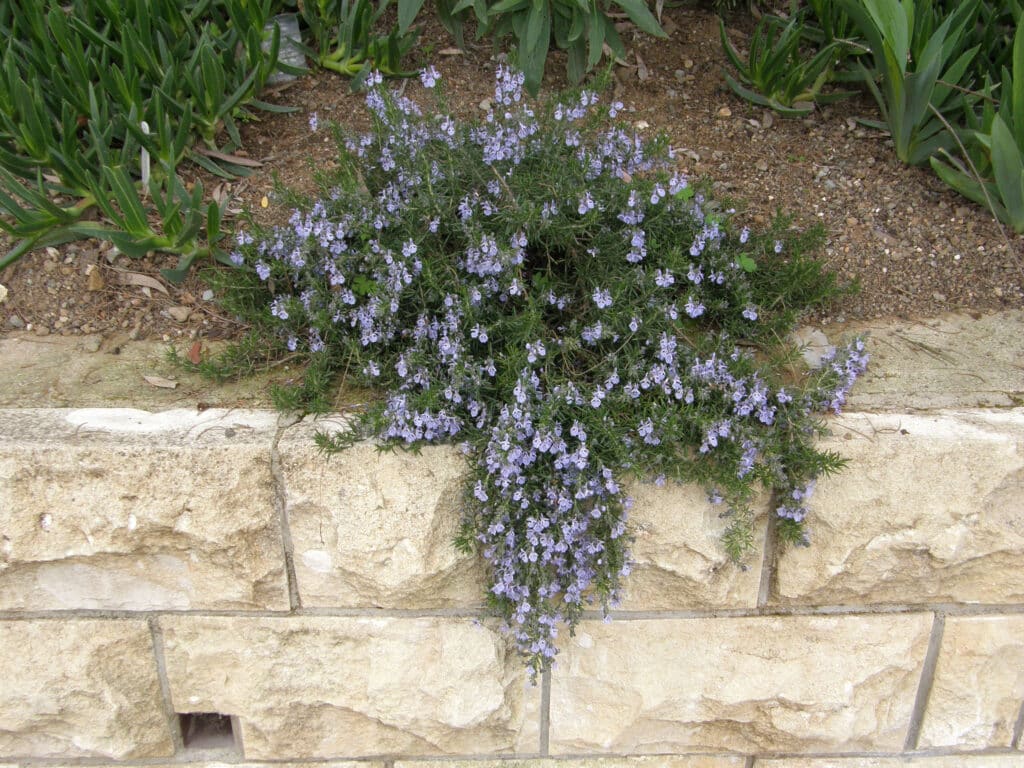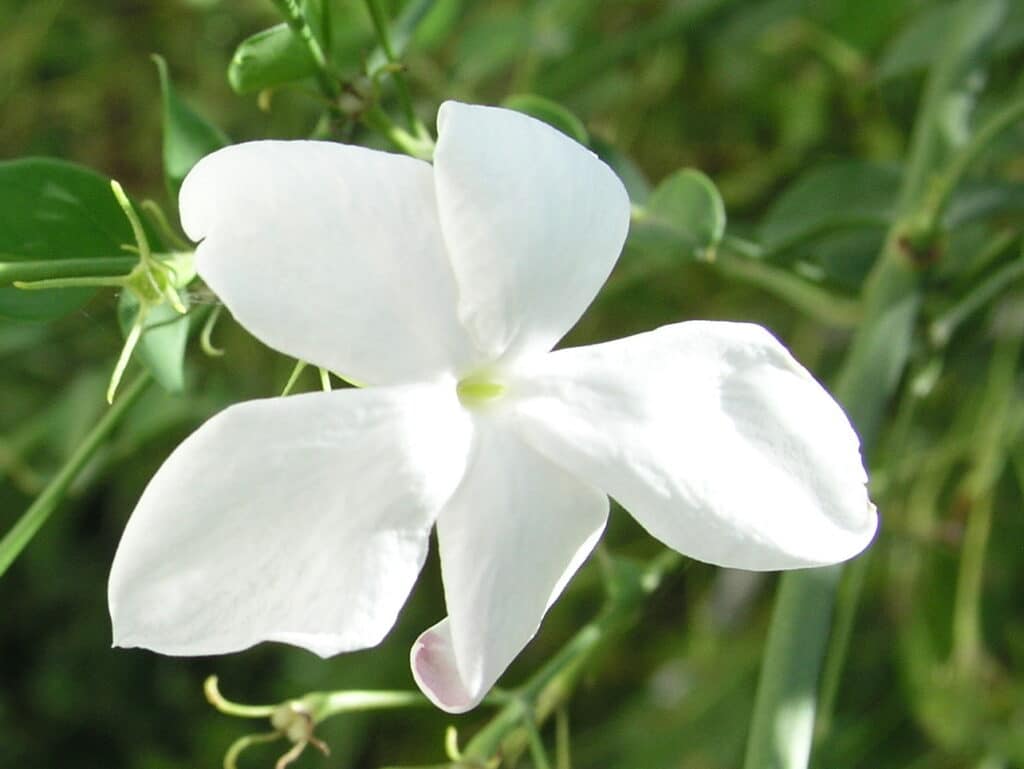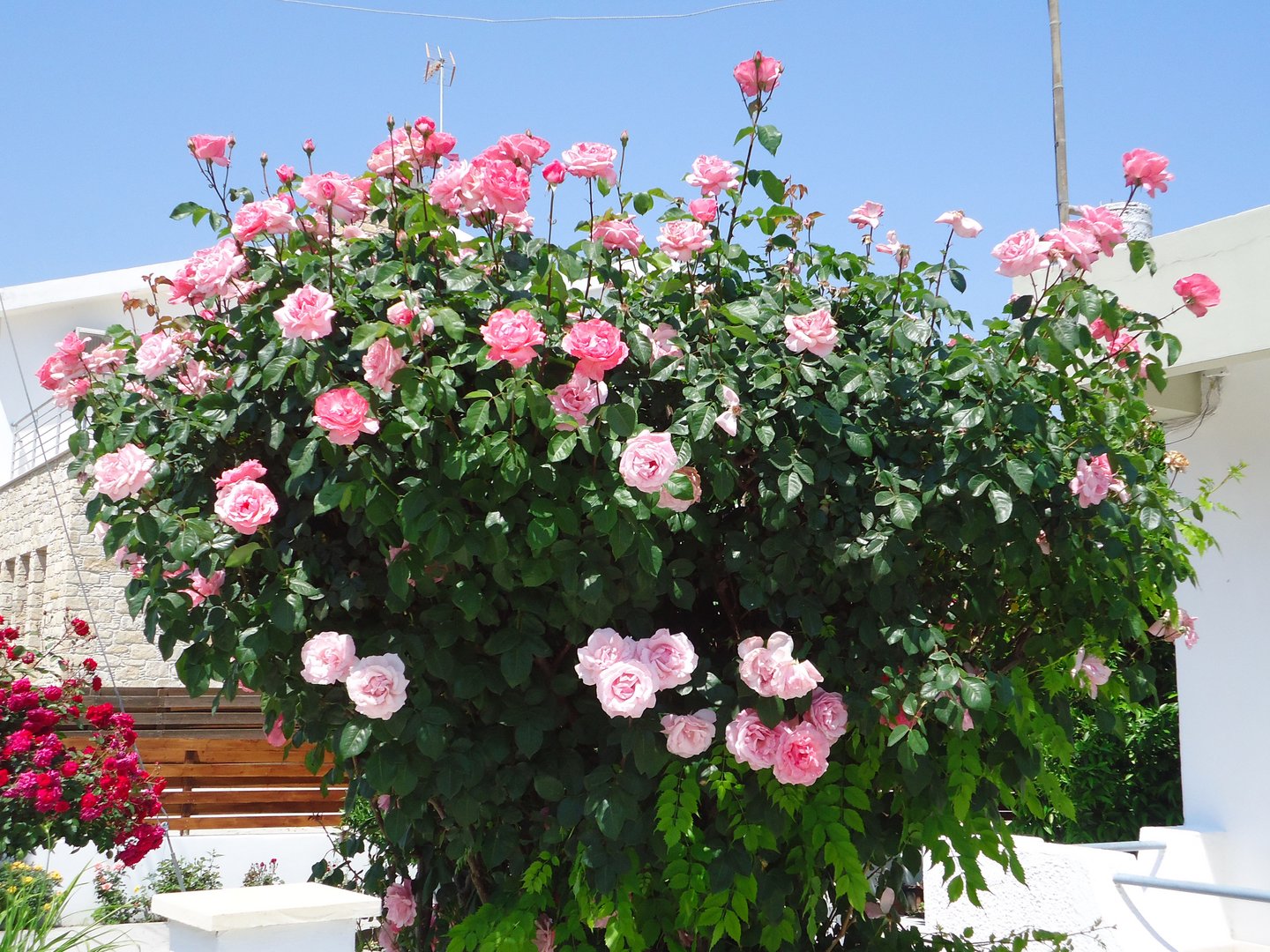Protect yourself in the garden with gloves
A recent report in the UK advised that gardeners there should not use glass greenhouses. I would suggest that this not such a problem here as seeds germinate easily without too much effort, although I do have a plastic cold frame for the coldest weather. Apparently the Allotment Society there said that broken glass from them can be a danger in the garden and I would agree with that, but I always advise using gloves of some sort when working out there.
There could be rose stems full of sharp thorns or nasty insects along with many other hazards. So, use heavy gloves for pruning; old ‘Marigolds’ for digging and latex gloves for weeding, seed showing and pricking out.
These days bagged garden composts contain all sorts of recycled garden waste in their make-up, who knows what other hazards they contain, so you would be well advised to take care as you use it. These composts are usually compacted by the time you buy them and need to be turned out and broken up to get air into them. My mantra ‘Never use compost straight from the bag’ is one I often quote. A garden sieve would be useful too, but I haven’t seen them here. Nutrients, slow-release fertiliser for example, can be added along with Perlite after the soil is broken up, which also helps to aerate the soil.
There has also been talk of how un-environmentally friendly fake grass has become, as it cannot support any wild flowers that attract bees and butterflies to the garden. But I can understand how a pleasing swathe of green grass can show off your colourful borders, and in a warm country like Cyprus where water is precious, real grass needs water and there is not a lot to spare! Garden centres have artificial grass in luscious shades of green, which is easy to lay but may attract air-blown weed seeds, which only need a little humidity to germinate and that could be amongst your fake grass! A friend of mine bought on old football pitch of artificial grass and laid it over some of his garden, but whilst it concealed the weeds and un-cultivatable soil, all along the edge and in the middle of it, tiny cyclamen plants have popped their heads up, which were dormant when the grass was laid. You can’t keep nature down!
What to do in the garden this month – Time to Trim!
Feeding fruit and nut trees is a priority this month, spread 20.10.10 fertiliser around the root area of the trees and if there is no rain, water it in. You probably have finished pruning your trees by now except those citrus trees whose branches may still be loaded with ripening fruits. As the month progresses they will become heavier and may break the branches, so pick the fruits as they ripen and trim back any low branches. Try to keep your citrus trees to a manageable height, which saves having to climb ladders in order to pick the fruits – another hazard! Watch out for any Mediterranean fruit flies that might be about.
If your lovely wisteria has finished shedding all the leaves it is a good opportunity to remove all the old flower stems now, which will be quite brittle, although they might just blow off in any high wind. The lack of leaves will also expose the large seed pods. Take them off or leave them until they become hard and the seeds have ripened, when the pods will burst open and the seeds pop out. A warning though, if you decided to plant the seeds it can take about seven years or so before any flowers appear. Most wisterias for sale in garden centres have been grafted. Watch out for runners from the base as they will grow at an enormous speed and before you know it you will have wisteria plants popping up everywhere – you may like that of course, in which case do not remove them.
If you haven’t pruned your grapevine yet then do so before the sap starts to rise when any pruning will cause the branches to ‘bleed’. Leafless grapevines look gaunt at this time of year but it gives you the opportunity to have a look at the basic structure and do some pruning. Check over the support as well and see if there is need for any repairs or strengthening, as vines when fully in leaf and with fruit are very heavy creatures! Unlike a neighbour of mine who used to attack his huge grapevine with a chain saw, you should cut back the fruiting stems to one or two buds and pinch out all but the strongest new shoots. Sometimes they need some summer pruning as well.
Lavender, along with rosemary bushes and hedges will benefit from being trimmed this month. If rosemary bushes become too big then they tend to separate out into sections and this rather spoils their beauty. Prostrate rosemary bushes are in flower already tumbling over walls, along with some of the wild lavenders and are much sought after by the early bees as they search out pollen from amongst the first flowers.

Prostrate Rosemary
Whilst Jasmine mesnyi is showing off its bright yellow flowers, the white jasmine, Jasminum officionale needs your attention, although it can still be putting out new growth at the end of the stems. (See Plant of the Month). I learned quickly here if I just let those stems continue to grow at this time of year, the heat of Cypriot summer would kill off all this growth. So, like all the villagers around here I cut it back to the wood now and give it a good feed to encourage new growth in a short while. This is such a joyous plant to have in the garden, with its heavenly perfume wafting in on summer breezes.
Lots of roses are still flowering along the valley in which I live. I have noticed more and more Queen Elizabeth roses during the last year, perhaps because of the celebration of the late Queen’s Jubilee. Surprisingly, this lovely rose was bred by an American grower as long ago as 1954 and was named to mark the accession of Queen Elizabeth to the throne and it is still a very popular rose. It grows well here reaching around two metres and is sometimes known as a hedging rose, because of that. The flowers are a lovely full rose-pink, which grow atop long stems, ideal for cutting, and why not enjoy them in your house too, where their fragrant perfume will delight you. This rose is also disease resistant, so what more could you ask of a rose. Prune to maintain shape and eliminate weak or damaged stems, which will also encourage a second flush of flowers and may save the bush from any strong winds during the winter. Other popular roses here like Banksia roses do not need any treatment except to remove dead branches, but of course all roses benefit from feeding.
As the weather warms up you can sow seeds and take cuttings of perennial plants which are always useful for filling in gaps in your borders. Seeds may not germinate in cold soil so you could bring the pots inside and start them off on the kitchen window sill. Annuals, though, are best sown where you want them to grow.
Plant of the Month- Jasminum officinale
This plant is also known as ‘Spanish jasmine’, ‘Catalonian jasmine’ or ‘royal jasmine’. Despite its other names, this jasmine originally came from South East Asia. Here it is known as the ‘common jasmine’ not because of its heritage, but its popularity. It is a rampant grower, clothing arches and pergolas in no time at all and putting on between 4 and 9 metres in a season. It looks charming over an umbrella-shaped support, so that the long stems can drape elegantly downwards.

Jasminum officinale in white
As a result of all this growth, the climber really benefits from heavy pruning in the winter or early spring. The branches should be pruned right back to the old wood and the new growth will soon emerge from there. If you are not brutal with the pruning, then there will not be any flowers and the old leaves and stems will die back during the summer. After pruning, feed the climber with a good all-round fertiliser. The flowers appearing on the ends of the new stems are quite large and heavily fragrant with a pink blush on the outside. The petals are used to scent China tea and the oils are used in perfumery. This lovely jasmine is widely grown in Cyprus and graces many a village garden. A vigorous plant, it prefers a moist, well-drained, light soil enriched with organic matter, but can also tolerate average soil. Jasmine will grow in full sun to partial shade and is drought and pollution tolerant.







Click here to change your cookie preferences